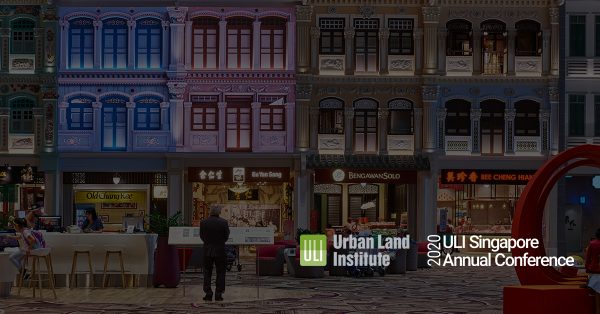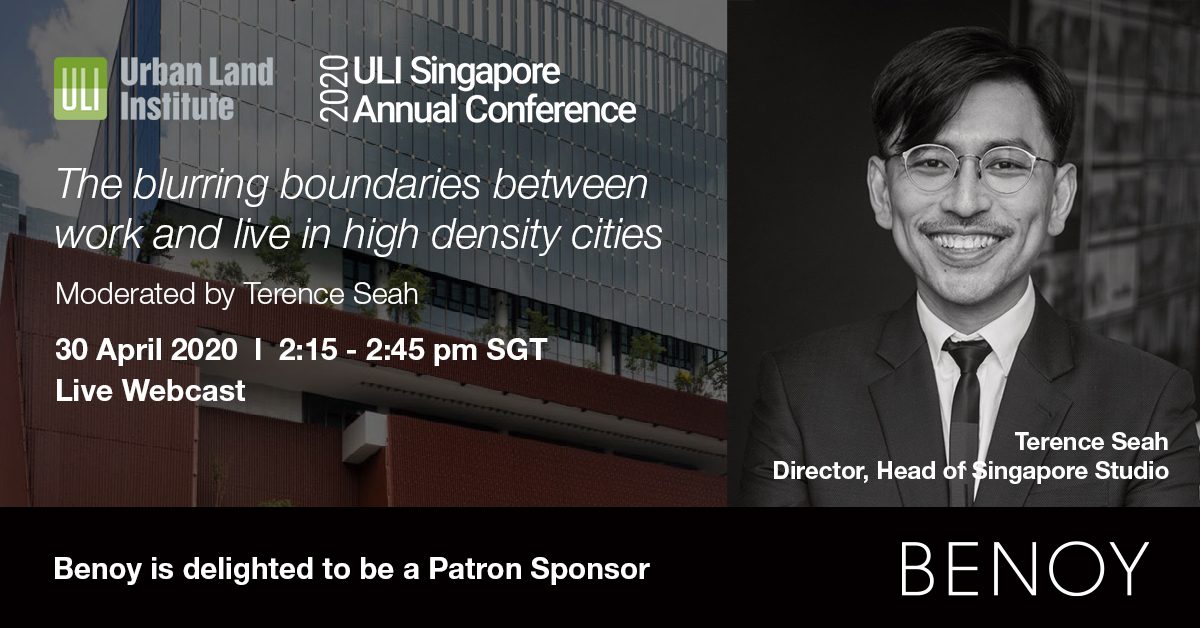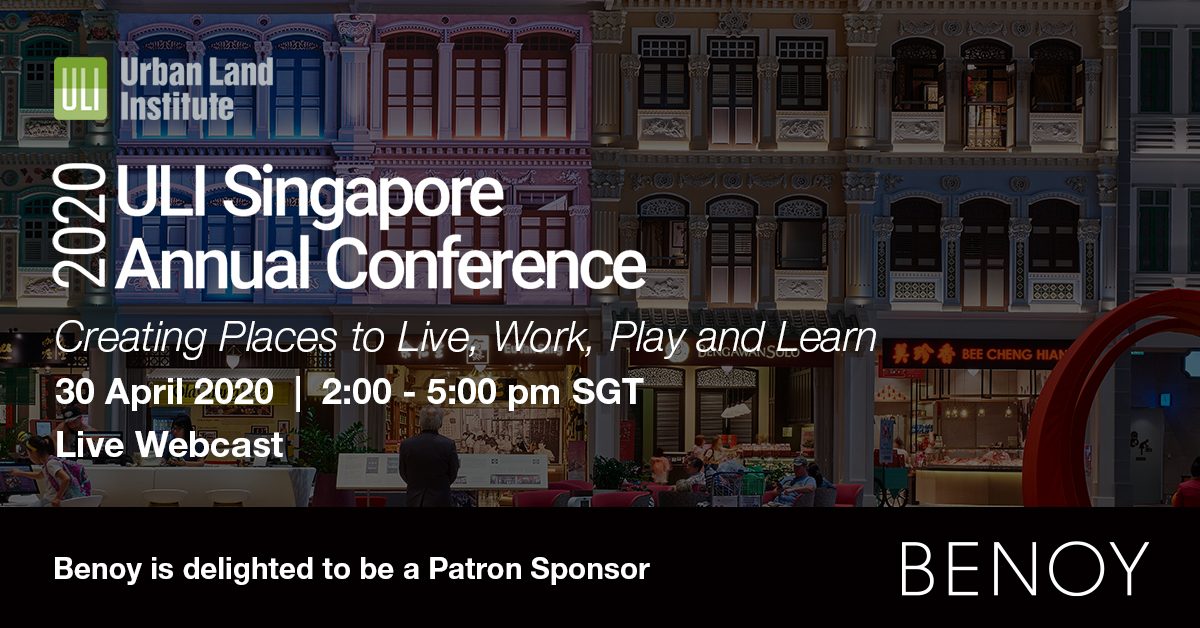What for you were the major highlights and key takeaways from the event?
I was intrigued by the Learning of the Future session with the Singapore Institute of Technology, and how they’re approaching this topic from a ‘smart’ perspective. I was interested to hear how the partnership between innovation and big data will create new economies, and how they’re using the whole precinct end of the city as a data mining site for urban management. Their efforts to leverage smart city tech to assess energy consumption and traffic patterns is really impressive…
What were the major discussion points around the impact of COVID-19 on workplace behaviours and environments?
There seemed to be a lot of uncertainty around this issue, as well as a genuine desire to solve the workplace problems posed by the pandemic. I moderated a very interesting session — one of the panelists Tang Wei Leng, Managing Director of Colliers International in Singapore, made the excellent point that ‘business unusual’ presents an opportunity to think about the recovery processes and weigh up available options. As all the panelists agreed, we need to think about how we reconfigure operations post-COVID, and how, if we do this well, we may achieve a better work-life balance for staff.
Focusing on the mid- and long-term options, the other panelists –Ben Robinson of Raffles Quay Asset Management, and Leong Teng Wui from The Ascott Limited – took a positive view of the opportunities ahead, which was good to hear. One key message was, “although our movements may be constrained at the moment, we can plan and look ahead”. What’s more, working arrangements that might have seemed untenable pre-COVID will be entirely feasible in the post-pandemic landscape. Panelists observed how, with companies being forced to adapt and innovate, many have seen what’s possible in terms of future working patterns. They’ve seen how adaptable and flexible their people can be, and the improvements that may come out of this – for example, more streamlined operations and better optimisation of space.
In terms of workplace ‘flex and core’, we heard how the flex is now more real, and will be critical to businesses as they begin to rationalise and rethink their operations. Of course, the requisite IT infrastructure and bandwidth will be needed to make remote working truly viable. But in terms of a preview of the world to come, what emerged was how important it is to start thinking about the future possibilities now.



